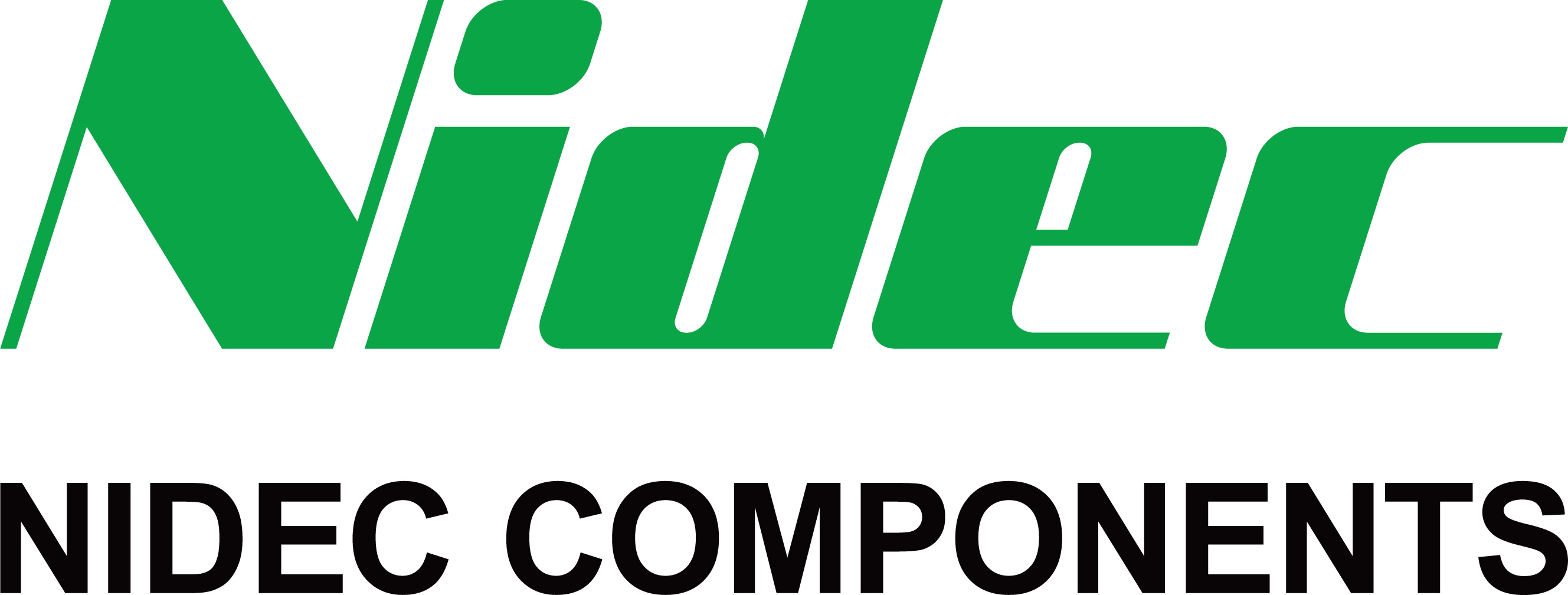
Nidec Components
Nidec Copal Electronics is a renowned company specializing in the design and manufacturing of high-quality electronic components and precision motors. The company's product portfolio includes a wide range of products such as optical sensors, encoders, potentiometers, switches, and various other precision electronic components used in industries such as automotive, industrial automation, healthcare, and consumer electronics. Nidec Copal Electronics is recognized for its commitment to innovation, quality, and reliability, providing advanced solutions that meet the demanding requirements of modern technological applications. With a strong focus on research and development, the company continues to drive advancements in electronic component technology, delivering products known for their exceptional performance and durability. Nidec Copal Electronics' dedication to technological excellence has established it as a trusted partner and a leader in the electronic components industry.
LED Indication - Discrete
Results:
Results remaining:0
Applied Filters:
Nidec Components
No data |
About LED Indication - Discrete
Light Emitting Diodes (LEDs) are semiconductor devices that emit light when an electric current flows through them. LEDs in this category are generally utilized in single or array configurations to indicate the status of printed circuit boards. LEDs can be differentiated based on various parameters like package/case types, wavelength, viewing angle, forward voltage, current rating, millicandela rating, color, and mounting type. The package/case type refers to the physical form of the LED and can vary from small surface-mount packages to larger through-hole packages. Wavelength is a critical parameter that defines the color of the light emitted by the LED. The range of wavelengths emitted by the LED determines its color, and commonly available colors include red, green, blue, yellow, and white. Viewing angle refers to the angular range over which the emitted light is visible and can vary from several degrees to more than 180 degrees. Forward voltage is the voltage required for optimal operation of the LED, and current rating is the maximum current that can pass through the LED without damaging it. Millicandela rating indicates the brightness of the LED, and it typically ranges from a few milli-candelas to several hundred. Mounting types can vary from surface-mount to through-hole and may be available in common anode or cathode configurations or bidirectional. Overall, these parameters enable engineers and designers to select the appropriate LED for specific applications. Whether it's for indicating status on a printed circuit board, illuminating a display, or providing backlighting, LEDs offer a versatile and efficient solution with precise control over illumination characteristics.
